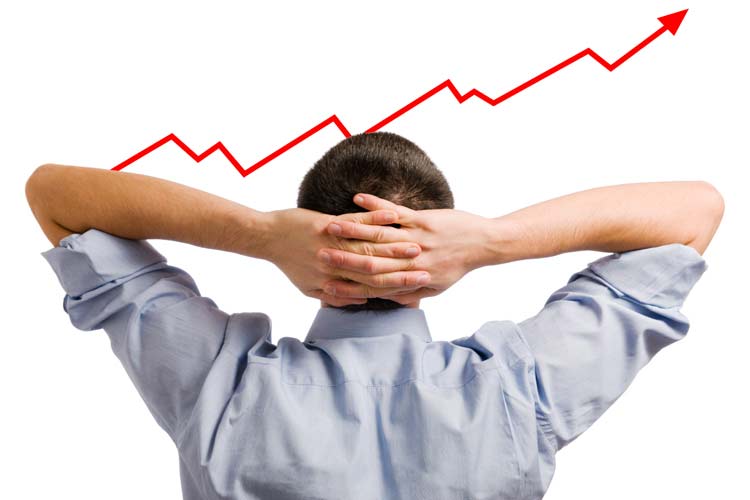
Meanwhile, corporations with large market caps are surviving
The month of April has seen Wall Street rebuild from the swift and sudden sell-off in March. With a little over five days remaining, the S&P 500 Index (SPX) is on its way to an 8.6% monthly win, a commendable bounceback from March's 12.5% hole. The prevailing question on investors' minds is: was that the bottom? Stocks are climbing, yet at the same time, certain sentiment indicators are setting off alarm bells that are worth examining.
Consider the latest sentiment survey by the American Association of Individual Investors (AAII). The survey consists of an anonymous question each week for its members. They simply answer whether they are bullish, bearish, or neutral on the stock market over the next six months. For the week ending on April 22, the latest "bearish" camp reading rose by 7.3 percentage points to 50%, easily legging out the historical average of 30.5%. What's more, the 10-week average of bears reached its highest level since 2009.
As these bearish ranks swell, those bullish about the stock market's six-month prospects fell by 10%, drawing essentially even to those who are "neutral." But it's the context of bears being back above 50% that stands out. Last month during the thick of the broad-market selloff, Schaeffer's Quantitative Analyst Chris Prybal reported a three-week stretch where the bearish figure was above 50%, the first time such a streak occurred since 2009. As gleaned from the chart below, anytime that bearish reading drifts toward the 50% level –such as in late 2018 – it was during a tumultuous time on Wall Street.
Are we to believe these investors, that doom and gloom is ready to reign on Wall Street once again? Was this past month of rallies a dead cat bounce? It's important to frame these questions within more context of the AAII survey. For starters, AAII is comprised of the “retail” level trading crowd, which is experiencing huge jobless claim numbers, deadlines on bills, and an overall lack of clarity on the future. That's the underacknowledged devastation of a global pandemic like the coronavirus outbreak; it muddies the waters so there's little clarity on the future.
Meanwhile, the equity markets, as defined by the SPDR S&P 500 ETF Trust (SPY) or the Invesco QQQ Trust Series (QQQ), are multi-national corporations with huge cash hoards built to withstand market volatility. That helps offer some explanation for why the indexes are up, yet the mood is still down. Take for example all of the big corporations with their swelling market caps. Of the top 20 companies in market cap, only five sport year-over-year losses at the moment. In other words, large caps are built to withstand the economic firestorm brought on by COVID-19. It's a grim reality, but the corporation is much better prepared than the consumer.
Regardless of its correlation to U.S. equities, extreme pessimism among retail-level investors is certain. Historically, the crowd is wrong at extremes, they get bearish when things look bleakest, and turn extremely giddy when all is going great. Nearly opposite of what successful contrarian investors should do. When there is blood in the streets you should open up your wallet, not close it, that’s precisely when equities are on sale. Of course, a breakdown in the technical backdrop could provide even more reason for investor sentiment to dampen -- but any well-received fundamental news (possibly drawn from next week's Fed meeting, or life sciences' quest to contain COVID-19) or continued technical resilience from equities could help turn the wheels in motion for more post-signal rallies for stocks.

Subscribers to Bernie Schaeffer's Chart of the Week received this commentary on Sunday, April 26.